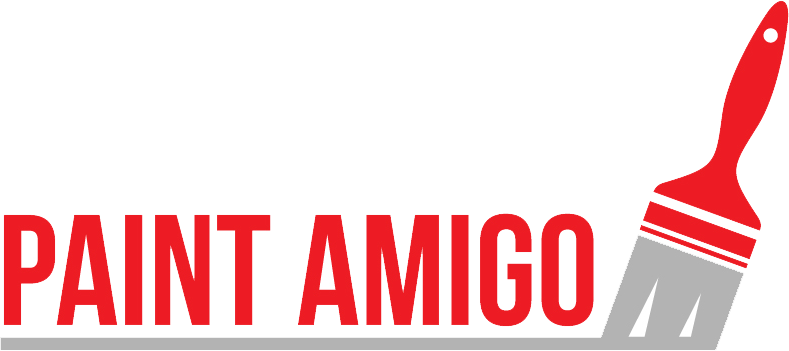Selecting the right primer for the job is a critical part of improving paint coverage and achieving the highest quality finish the first time around. Therefore, priming is an important step of the painting process.
Plus, priming not only increases your efficiency, it’s also a great way to satisfy your customers – reducing callbacks and preventing rework.
Here are six ways using a primer will help you:
1. Achieve a smooth, professional finish
Primer improves the final appearance. The sealing properties of primer assures a uniform finish. Additionally, a uniform finish is needed to achieve professional results.
2. Block stains, marks and odors
Primer has many advantages including blocking stains, marks and odors. This will also help coverage when applying your finish coat. For example, if you don’t prime over existing stains, they may still bleed through after multiple finish coats. Therefore, priming can save you a lot of labor!
3. Assure adhesion
The bonding properties of primer are important. Especially, when repainting a higher sheen finish. Additionally, priming assures adhesion and prevents premature paint failures.
4. Speed topcoating
Priming also improves the speed at which the topcoat is applied. The reason is simple. Primer creates an ideal surface for the topcoat; clean, dry, and dull.
5. Prevent peeling
As mentioned above, priming helps prevent premature paint failures. Especially, peeling paint. Primer adheres to the existing surface and secures a bond between the topcoat and substrate.
6. Attain the truest paint color in the fewest coats
When tinted correctly, priming can reduce the amounts of coats needed. For example, using a gray shade primer may reduce the amount of coats needed to achieve a deep tone color.
So Amigos, is there another reason why you need to prime? Share below…
Also, check out Paint Amigo’s applicator recommendations below (Amazon affiliate links)…
No products found.
P.S. Download my free eBook The Profitable Painter. Click here.





